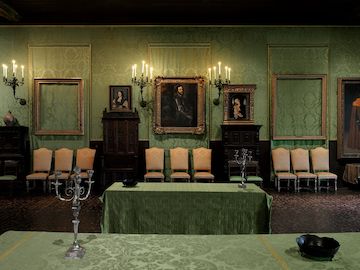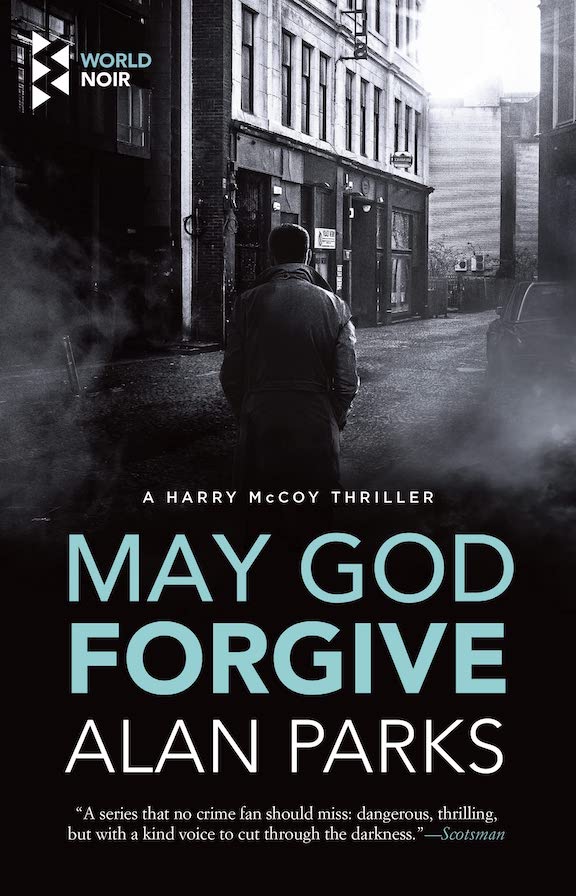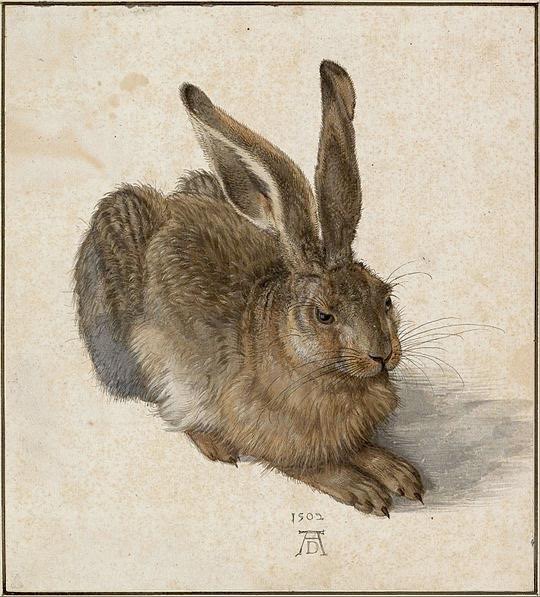“In the early morning hours of March 18, 1990, two thieves gained entry to the Gardner Museum and stole 13 works of art by Rembrandt, Vermeer, Manet, Degas, and other artists. The works including Rembrandt’s Christ in the Storm on the Sea of Galilee, his only known seascape, and Vermeer’s The Concert are worth more than $500 million. The Gardner heist remains [to this day] the biggest unsolved art theft in history.”
 Those of us who lived in the Boston area in 1990 and enjoyed visiting the Isabella Stewart Gardner Museum, an elaborate house museum only a couple of blocks from the Boston Museum of Fine Arts – and much more intimate – will never forget the horror of hearing of its robbery. Two men, disguised as police, responding they said to a disturbance there at 1:24 a.m., overpowered the two Museum guards on duty and secured them in the basement. For the next one hour twenty-one minutes, the thieves were alone in the museum, free to go anywhere and take anything.
Those of us who lived in the Boston area in 1990 and enjoyed visiting the Isabella Stewart Gardner Museum, an elaborate house museum only a couple of blocks from the Boston Museum of Fine Arts – and much more intimate – will never forget the horror of hearing of its robbery. Two men, disguised as police, responding they said to a disturbance there at 1:24 a.m., overpowered the two Museum guards on duty and secured them in the basement. For the next one hour twenty-one minutes, the thieves were alone in the museum, free to go anywhere and take anything.
In this short book, written by members of the Gardner Museum staff and others highly familiar with the robbery, the emphasis is on the artworks themselves, with photographs of the missing artworks the focus. Though it was believed that the robbers themselves were there primarily for the Rembrandt paintings, they also took five Edgar Degas pieces created in pencil, chalk, or gouache on paper between 1857 and 1888, though they left behind a nearby Michelangelo drawing. They took Joannes Vermeer’s The Concert, 1663-66; Govaert Flinck’s Landscape with an Obelisk from 1638, an oil originally thought to have been painted by Rembrandt, and an oil by Edouard Manet, Chez Tortoni, from about 1875. “Adding insult to injury, the thieves left the frame [of Manet’s work] in the office of the Museum’s security director at that time.”
The Dutch Room was the source of six of the thefts. The three Rembrandt van Rijn oils which the thieves stole were: Christ in the Storm on the Sea of Galilee, 1633, Rembrandt’s only known seascape and the largest painting stolen, 63” x 50 3/8”; Rembrandt’s oil of A Lady and Gentleman in Black, 1633; and Rembrandt’s Portrait of the Artist as a Young Man, an etching from about 1663 – a tiny gem at 1 3/4” x 1 15/16” – about the size of a large postage stamp. A larger Rembrandt “Self-Portrait, Age 23,” was removed from the wall but somehow left behind by the thieves.

Joannes Vermeer, “The Concert,” 1663-1666.
A Chinese beaker from the twelfth century B.C., and a bronze finial from one of the regiments of Napoleon’s Imperial Guard were also taken. The thieves took only that finial, not the whole flag because they apparently could not unscrew the flag from its frame. With the Rembrandts, the Govaert Flinck, and the Vermeer painting all removed from the same room, now bare of its great artworks, the museum has chosen to leave the empty picture frames on the walls, “as a reminder of the gaps in “Gardner’s original installation.”

Rembrandt, “Christ in the Storm on the Sea of Galilee,” 1633.
Valued then at $500 million in value, the thirteen missing artworks have never been recovered after more than thirty years, and the museum is still offering a reward of $10 million for information leading to the discovery of the stolen works. A section in this book by Anthony Amore, Security Director and Chief Investigator of the Gardner Museum also provides an e-mail address and phone number for anyone with information about the theft or the location of the stolen artworks. To date no one has been arrested and none of the artworks have been discovered.

Dutch Room, post-robbery.
More than thirty years have passed since this crime, and no one has forgotten it. Security Director and Chief Investigator Anthony Amore (mentioned above) is still working on the case, and he has been interviewed recently with regard to some of the clues that have arisen regarding this theft. The work is slow, however. and some of the people thought to have been involved in the crime are dead, one of them murdered. With the emphasis more on recovering the missing artworks, than on arresting the perpetrators, one can only hope that time will eventually work in favor of the artists and the museum. The complexity of the issues may be seen in this video from March 1, 2022 with its interview with Anthony Amore. https://www.smithsonianmag.com. Additional videos related to this case may be found in the Footnotes section.
Photos. Edouard Manet’s “Chez Tortoni,” about 1875, appears on https://en.wikipedia.org.
Rembrandt’s tiny self-portrait, about 1634 is from https://www.artsy.net
Vermeer’s “The Concert,” 1663-1666, may be found on https://commons.wikimedia.org
Rembrandt’s “Christ in the Storm on the Sea of Galilee,” 1633, is from https://www.bbc.co.uk
The Dutch Room, post robbery, with the frames indicating the missing paintings, appears on https://www.bostonglobe.com
Additional videos and recent updates of the story of this robbery may be found here: https://www.nbcboston.com and here: https://www.artnews.com


 I have enjoyed several of Kevin Barry’s novels, along with
I have enjoyed several of Kevin Barry’s novels, along with 



 May God Forgive, Alan Parks’s fifth novel in this Tartan noir series featuring Detective Harry McCoy, opens with a riot in response to an arson fire at a hair salon.
May God Forgive, Alan Parks’s fifth novel in this Tartan noir series featuring Detective Harry McCoy, opens with a riot in response to an arson fire at a hair salon.




 One of my favorite stories from the story collection, Animal Person, by Canadian author Alexander MacLeod – “What, Exactly, Do You Think You Are Looking At?” – typifies the creativity and the ironies with which MacLeod presents his characters.
One of my favorite stories from the story collection, Animal Person, by Canadian author Alexander MacLeod – “What, Exactly, Do You Think You Are Looking At?” – typifies the creativity and the ironies with which MacLeod presents his characters.




 Focusing on the life of a man who remains unnamed throughout the book, author Carolina De Robertis describes the tormented inner world of a member of Uruguay’s Marxist Tupamaros, during his fourteen year imprisonment in a hole deep underground during the 1970s and 1980s.
Focusing on the life of a man who remains unnamed throughout the book, author Carolina De Robertis describes the tormented inner world of a member of Uruguay’s Marxist Tupamaros, during his fourteen year imprisonment in a hole deep underground during the 1970s and 1980s.



